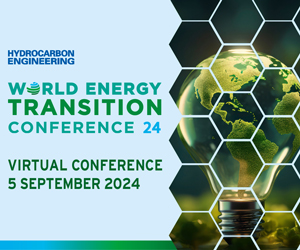Energy economy is at the heart of modern concerns, an essential approach to reduce energy consumption while preserving the limited resources of our planet. Integrating sobriety, efficiency, and renewable energies, the négaWatt philosophy proposes an ambitious model. This association focuses on reducing consumption through improved energy performance, thereby contributing to limiting CO2 emissions and realigning our way of life with climate imperatives. Adapted for both businesses and individuals, this approach encourages a transition to greener and more sustainable solutions, paving the way for a fair distribution of energy benefits while promoting a more sober and efficient economy.
Energy economy has become a key issue for our society. It aims to reduce the consumption of non-renewable energy produced from sources such as oil, gas, coal, or peat. These fossil resources, which have accumulated over past geological periods, do not regenerate or do so extremely slowly.
In this context, the négaWatt energy concept, promoted by the négaWatt Association, plays a major role. This approach is based on three fundamental pillars: energy sobriety, energy efficiency, and the use of renewable energies.
Energy sobriety encourages limiting our consumption by adopting more responsible behaviors and avoiding waste. By favoring actions and instruments that are low in energy, we can not only consume less but also adopt a lifestyle that respects the environment more.
Energy efficiency, for its part, involves using the energy needed to carry out our daily activities in an optimal way. This implies implementing advanced methods and technologies to improve the energy yield of our equipment and infrastructures. By maximizing GDP production per unit of energy consumed, we contribute to a more effective and sustainable economy.
The use of renewable energies is the third pillar. These resources, such as solar, wind, or hydropower, allow for the substitution of fossil energies and indirectly reduce our CO₂ emissions. This change fits within a logic of energy transition, which must be supported by shared efforts and an equitable distribution of benefits.
Energy savings also encompass concrete actions. They involve implementing measures aimed at improving the energy efficiency of our systems. Activities and equipment are analyzed before and after the implementation of such devices to measure the amount of energy saved. In this way, stakeholders, whether individuals or companies, can reduce their utility expenses and thus make financial savings.
Moreover, the system of Energy Savings Certificates (ESC) illustrates the reward for efforts made to reduce energy consumption. These certificates are awarded when energy-saving work is carried out, and they are measured in cumulated and updated kWh (cumac).
In summary, the négaWatt concept embodies a proactive strategy that calls on all economic actors and citizens. Understanding and applying the principles of négaWatt through sobriety, efficiency, and renewable energies means actively participating in climate protection and preserving natural resources for future generations.

Q : What is energy economy?
A : Energy economy is the reduction of energy consumption by a person or a company, thus allowing for a reduction in energy expenses, money, and CO2 emissions.
Q : What are the non-renewable energy sources concerned with energy economy?
A : The sources concerned include fossil fuels such as oil, gas, coal, and peat, which do not regenerate or do so very slowly.
Q : What are the three pillars of the négaWatt approach?
A : The three pillars are energy sobriety, energy efficiency, and the use of renewable energies.
Q : How is the energy savings certificate (ESC) measured?
A : The ESC is measured in cumulated and updated kWh, a unit specifically designed to quantify energy savings achieved through specific works.
Articles similaires
Thank you!
We will contact you soon.













